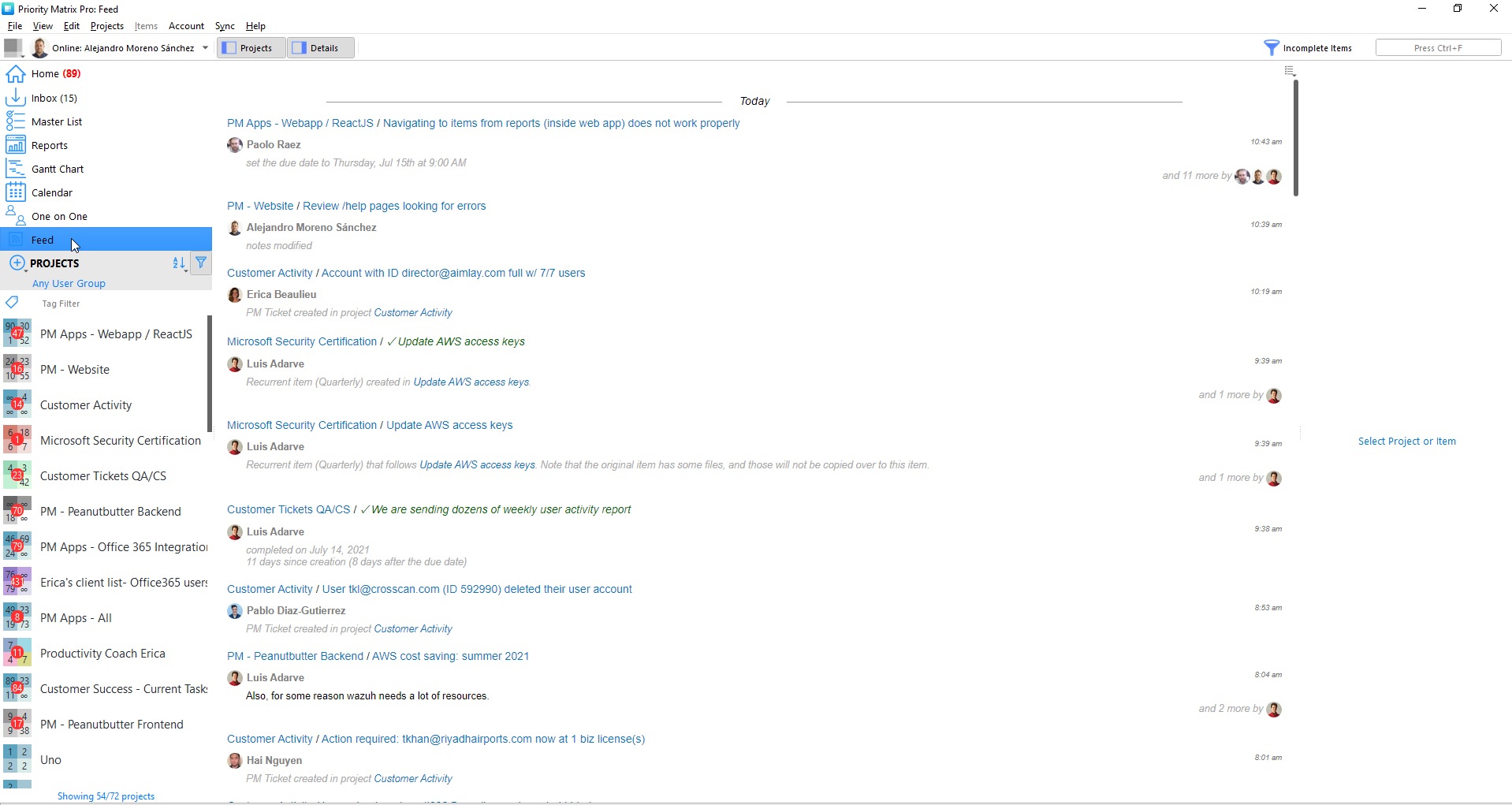
You simply assign numerical values (1, 2, 3, 4, 5, etc.), which can each represent only one item at a time. This is sometimes a more prudent approach than grouping the features together into priority buckets (Low, Medium, High, and Critical). Next off, we have a method that revolves around stack-ranking the Backlog in a linear fashion. What paves the way to market success is a balanced mix of Must-be, attractive, and one-dimensional features. It’s clear these varieties aren’t created equal. MANAGE YOUR PRODUCT BACKLOG IN VIVIFYSCRUM Indifferent features have no effect on satisfaction, while Reverse ones merely make users unhappy. Its absence doesn’t bother them like in the case of missing one-dimensional feature. On the other hand, an Attractive feature induces happiness. Must-be (not the same as Must Have in MosCoW) is a feature with a wow-effect, which has to be in the Backlog. As the names suggest, they affect customers differently. These are Must-be, Attractive, One-dimensional, Indifferent, and Reverse. In the original version of Kano, there are five key thresholds. They all have profound implications on the market performance of the company. It can be tracked via multiple parameters, such as user needs, expectations, and satisfaction. In other words, value is a measure of how much an item adds to the users’ life. It gauges value from the user’s standpoint. Kano model was developed back in the 80s. This means you don’t have to get everything absolutely right at the get-go. Once you sort out initial prioritization, you need to engage in ongoing refinement and grooming. The latter are stories that teams decide to ditch or postpone for later. The former are critical to the point of making or breaking the whole project (due to safety, legality, usability, etc.). These categories are self-explanatory for the most part.įor instance, Must Have and Won’t Have features are on the opposite sides of the prioritization spectrum. It takes a product-driven vision and its letters stand for Must Have, Should Have, Could Have, and Won’t Have.
#High medium low priority matrix software#
We would start with MosCoW model born out of Agile Software development. It’s used in MosCoW and Kano models, which features buckets of items with varying degrees of needs. It poses a nice, beginner-friendly way to start the Product backlog from scratch.


Bucket Approach: MosCoWīucket-style approach is the most rudimentary prioritization technique. It’s your chance to put an end to messy and costly queues. This arrangement gives everyone a clear focus and equips the organization with tried and tested tools. At the same time, the Product Owner needs to take a lead role in the process. The best way to go about it is to embrace a systematic approach to Scrum prioritization.įor it to work, the teams have to share the responsibility of figuring out high-priority items and tasks. You have to get your priorities straight and decide which features to work on first. The main problem is there are only so many hours in a day and dollars in a budget. Product Backlog is always packed with various items you need to address.


 0 kommentar(er)
0 kommentar(er)
